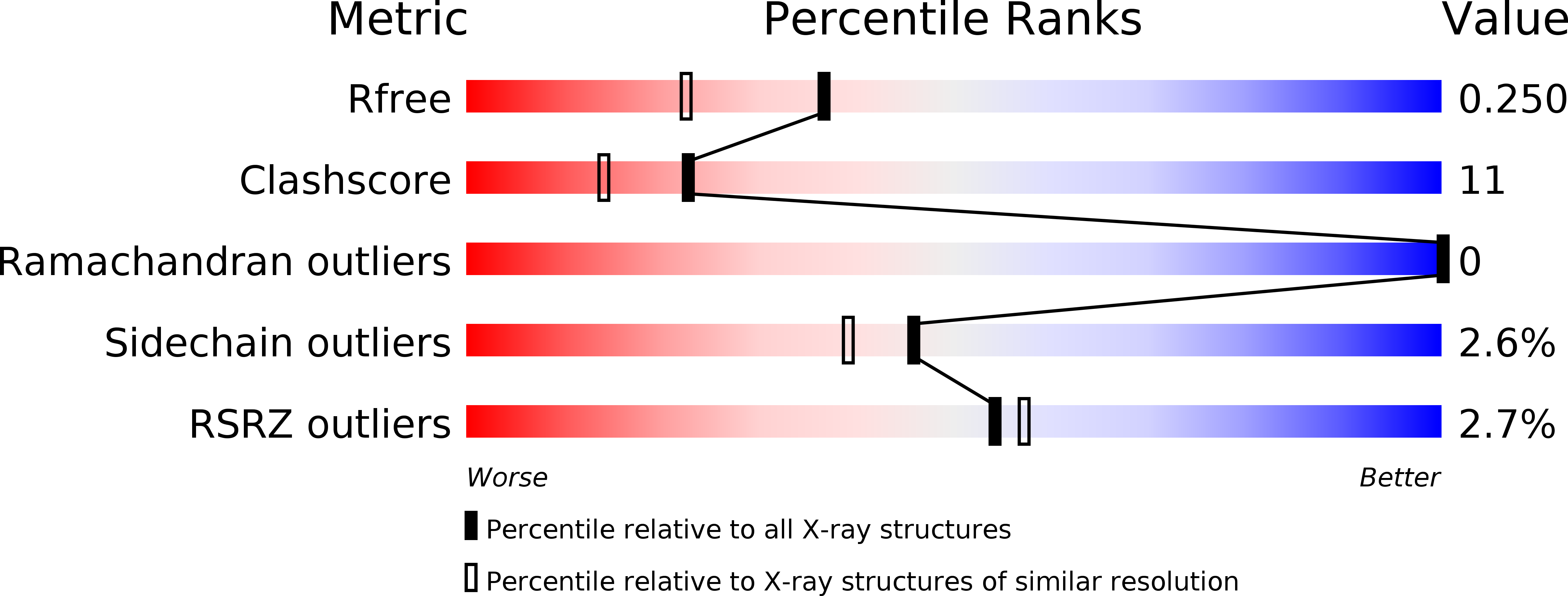
Deposition Date
2009-03-09
Release Date
2009-03-24
Last Version Date
2025-03-26
Method Details:
Experimental Method:
Resolution:
1.90 Å
R-Value Free:
0.24
R-Value Work:
0.21
Space Group:
P 1 21 1


